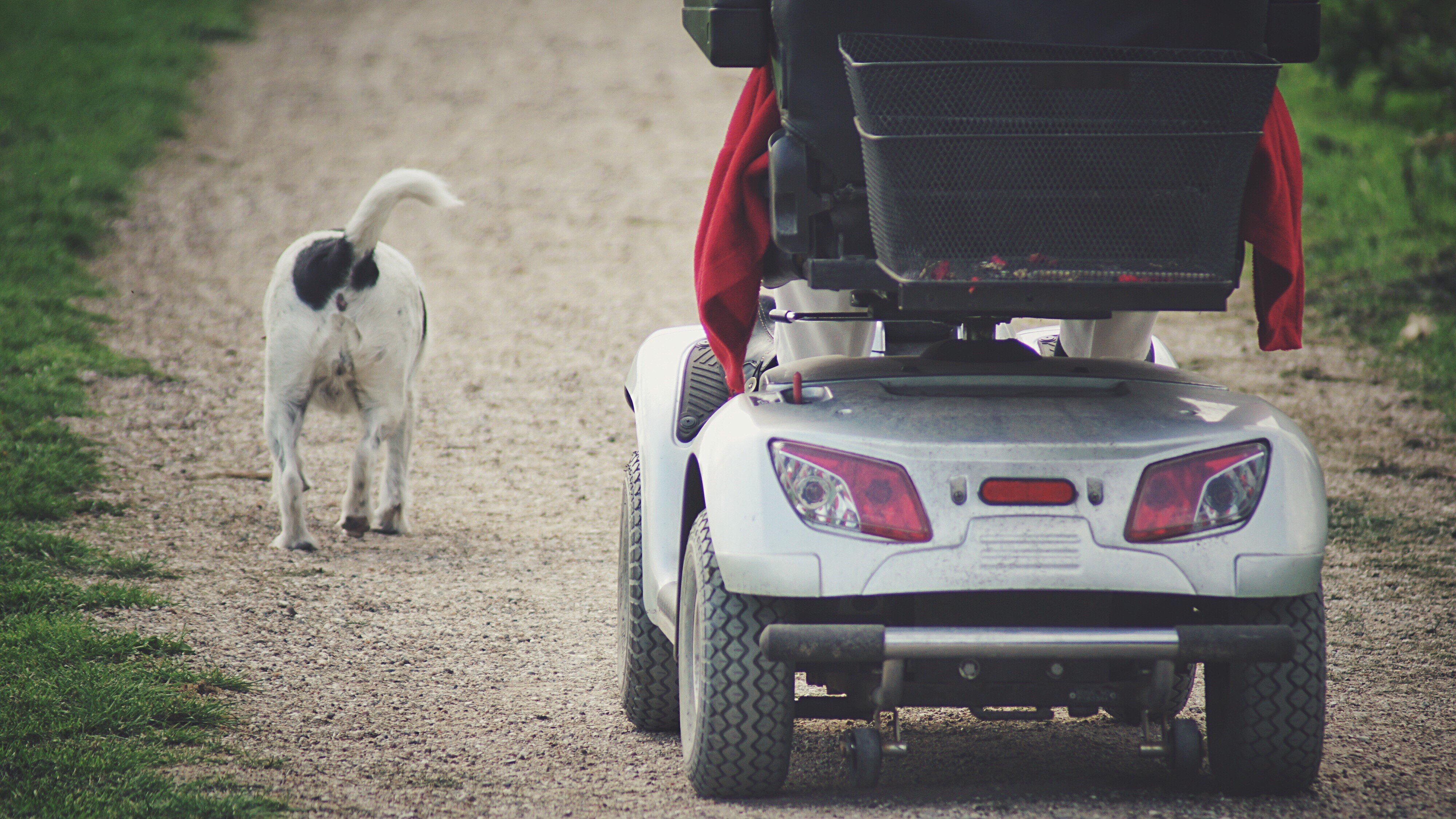A Comprehensive Guide to Buying a Mobility Scooter
Mobility scooters have become an important tool for lots of people wanting to boost their independence and mobility. With a large range of models and functions readily available, choosing the right mobility scooter can be intimidating. This article offers a useful guide to help consumers browse their alternatives, examine their requirements, and make an informed purchase.
Comprehending Mobility Scooters
Mobility scooters are electric lorries created for people who experience mobility challenges. They are especially beneficial for elders, those with specials needs, or individuals recuperating from injuries. Mobility scooters can vary extensively in regards to design, features, and pricing.
Types of Mobility Scooters
Before starting a purchase, it's necessary to understand the different types of mobility scooters readily available:
Three-Wheel Scooters:
- Generally more maneuverable in tight areas
- Lightweight and portable
- Suitable for indoor usage
Four-Wheel Scooters:
- Offer higher stability and balance
- Suitable for outdoor usage over various terrains
- Normally have a longer battery life
Foldable/Portable Scooters:
- Designed to be quickly transported and kept
- Can frequently fit in the trunk of a car
- Suitable for those who travel frequently
Heavy-Duty Scooters:
- Built to accommodate larger people
- Frequently featured more robust features for outside use
- Typically geared up with bigger batteries for extended range
Elements to Consider When Buying a Mobility Scooter
1. Weight Capacity
Pick a mobility scooter that can support the user's weight. The majority of scooters have a weight limitation ranging from 250 to 500 pounds. It is crucial to ensure that the scooter can accommodate the user conveniently.
2. Variety and Battery Life
The variety is how far the mobility scooter can travel on a single charge. Normal ranges vary in between 10 to 30 miles. Think about the user's everyday activities and choose a scooter with an appropriate range.
3. Scooter Dimensions
Think about the size of the scooter, including its weight and dimensions. A more compact scooter might be ideal for narrow corridors and tight areas, while bigger designs provide extra stability and convenience.
4. Surface Capability
Assess where the scooter will mainly be used. If the user prepares to travel mostly on pavement, a lightweight model might be enough. Nevertheless, if the user needs to traverse gravel or irregular surfaces, think about a four-wheel scooter built for off-road usage.
Leading Features to Look For
Comfort
- Adjustable Seats: Look for scooters with cushioned and height-adjustable seats to make sure convenience during travel.
- Armrests: These improve security and assistance while browsing.
Safety and Visibility
- Headlights and Taillights: Essential for nighttime use.
- Turn Signals and Reflectors: Improve visibility and security while on the road.
User-Friendly Controls
- Joystick or Drive Controls: These need to be intuitive and easy to control.
- Easy-to-Read Displays: A control panel that shows battery life, speed, and distance can boost the user experience.
Additional Features
- Storage Compartments: These provide included convenience for carrying individual products while on the go.
- Weather condition Protection: Consider models with rain covers or windshields if utilized in variable weather condition conditions.
Cost Considerations
When budgeting for a mobility scooter, prices can range anywhere from ₤ 500 to over ₤ 5,000 depending upon the design, features, and brand. Additional costs might include:
- Extended Warranty: Protects against defects and can save cash in the long run.
- Accessories: Optional functions, such as updated seats, lights, or storage options.
| Feature | Cost Range |
|---|---|
| Fundamental Models | ₤ 500 - ₤ 1,500 |
| Mid-Range Models | ₤ 1,500 - ₤ 3,000 |
| High-End Models | ₤ 3,000 - ₤ 5,000 |
Funding Options
Lots of retailers offer funding plans, and some city government initiatives might supply grants or support for those in need. Examine visit the next post with community resources or mobility service companies.
FAQs about Buying a Mobility Scooter
What is the distinction in between a mobility scooter and a wheelchair?
Mobility scooters are motorized and enable users to browse individually, while wheelchairs might require physical assistance or manual operation.
How do I keep a mobility scooter?
Routine upkeep involves inspecting battery life, cleaning up the scooter, and inspecting tires and brakes. Constantly refer to the user manual for specific guidelines.
Can mobility scooters be used indoors?
Yes, lots of designs are developed for both indoor and outside usage. Nevertheless, three-wheel scooters tend to be better suited for indoor navigation due to their tighter turning radius.
Are mobility scooters covered by insurance?
Some insurance plans cover a portion of the costs for mobility scooters if they are considered medically needed. Contact your company for particular information.
How quick can a mobility scooter go?
The majority of mobility scooters have an optimal speed varying from 4 to 8 miles per hour. However, the suitable rate may differ depending on local policies.
Acquiring a mobility scooter can considerably boost one's self-reliance and lifestyle. By understanding the types, features, and expenses connected with mobility scooters, prospective buyers can make educated decisions that fit their requirements and choices. Personalization and comprehensive research study are key to ensuring satisfaction with this essential financial investment.

